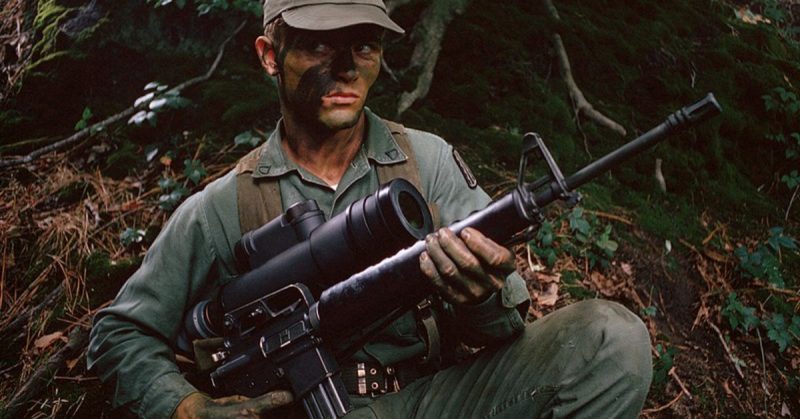When soldiers go to war, they know they are risking life and limb to serve their country. Many accept that they may never make it home. Facing down the enemy is part of the job, no matter what branch of the Armed Forces an individual signs up for.
But enlisted personnel hope that they won’t perish at the hand of “friendly fire,” or because of faulty weapons and equipment. Sadly, in the rush to develop new arms, sometimes weapons are deployed in battle before they’re ready. This can make them as dangerous to the user as to the enemy.
Mark 14 Torpedo
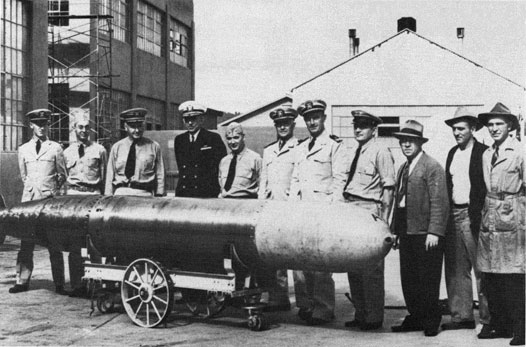
The Mark 14 Torpedo used by the U.S. Navy in World War II put the lives of sailors at great risk because it was not sufficiently tested before its release. Often, the torpedo would miss a target entirely.
On one occasion, its trigger mechanism was so flawed that it caused a torpedo to turn back and hit the USS Tullibee, the submarine that had launched it.
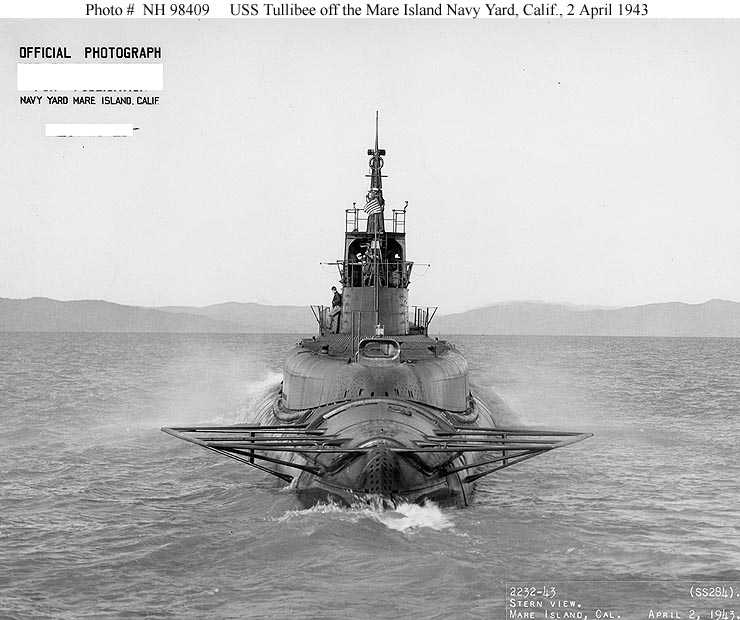
Almost all the men aboard the submarine were killed. The demise of the Tullibee forced the torpedo’s manufacturer to pull it from use. Consequently, its faulty mechanisms were redesigned to meet increased safety standards.
Poison Gases of WWI
One nearly invisible weapon used in the First World War was equally deadly for users and targets alike: poison gases, specifically chlorine and mustard gases. These were hazardous because they depended upon a fickle delivery system: the wind.
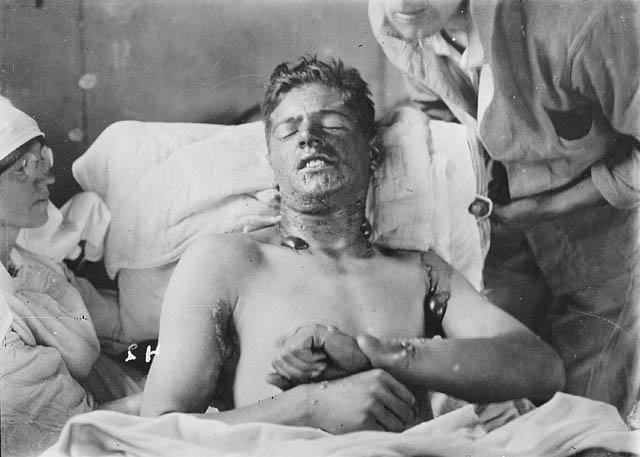
Soldiers would open a container and hope that the wind carried it away from them and towards the enemy.
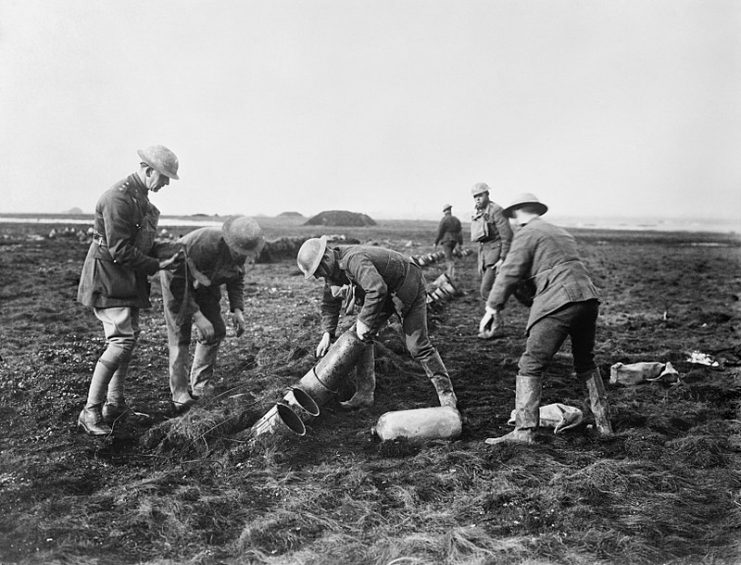
Not surprisingly, due to the whims of nature, the gas was often swept back over the troops who sent it. This could result in enormous casualties on both sides.
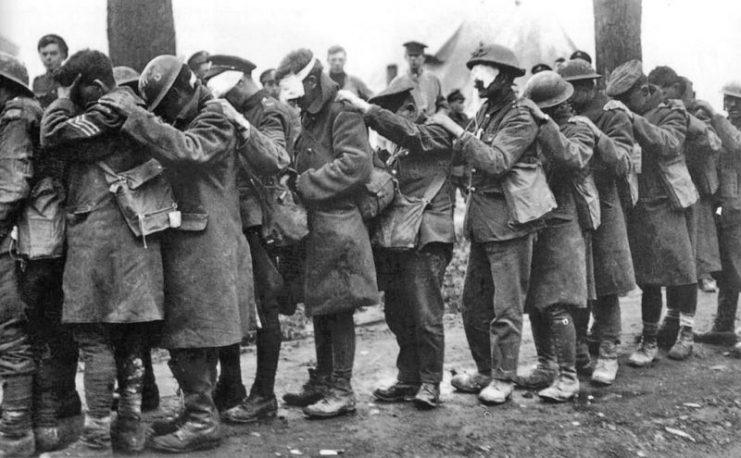
Tunneling Bombs
Exploiting natural terrain by tunneling underground has long been a tactic used in warfare. But “tunnelers,” as they’re called, face deadly obstacles while setting up hidden explosives. Sometimes, the bombs go off unexpectedly. At other times, the walls of the tunnels cave in and kill the men who dug them.
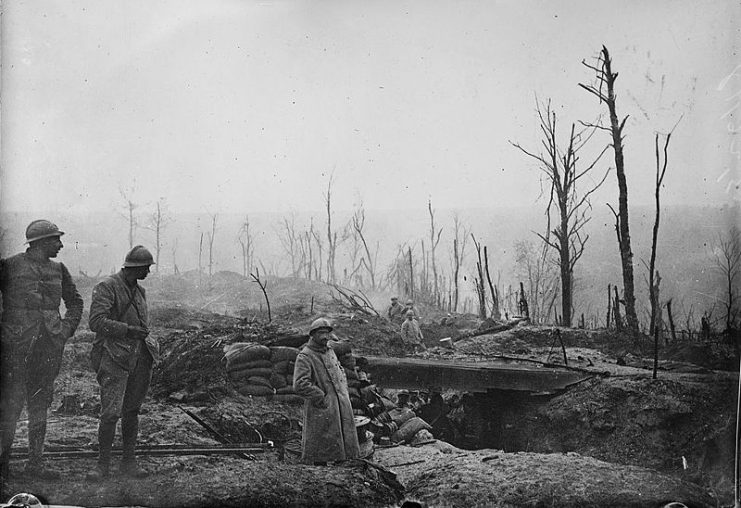
This activity has a high casualty rate in the Armed Forces. Only the bravest and most adrenaline-fueled personnel are fit for this duty.
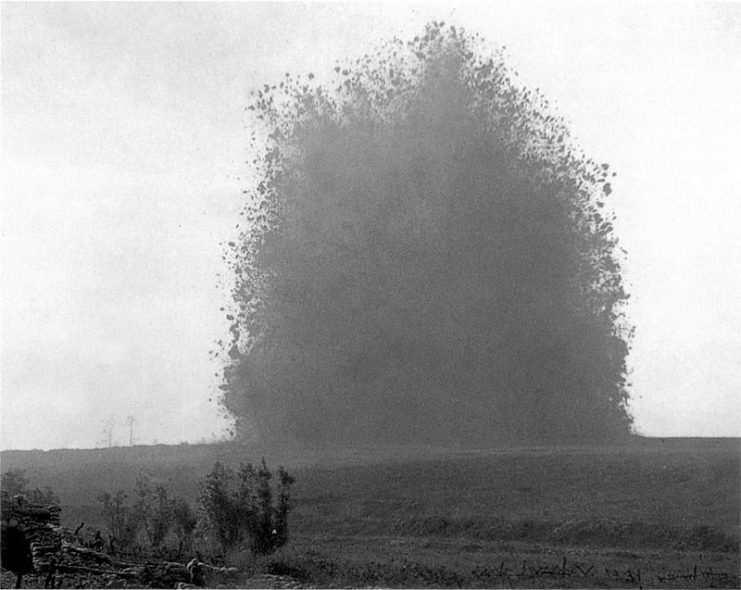
Ross MkIII and the M-16A1
Soldiers are always equipped with rifles of some kind before heading into battle. However, in some cases, the guns given to them have not been up to the task. The Ross Rifle, used in World War I, and the M16 Rifle, used in the jungles of Vietnam, are two examples of inferior weapons that did not perform to the standards needed by army personnel.

The manufacturer of the M16 assured the military that the gun was “self-cleaning,” so men were sent into battle without separate cleaning fluids. The rifles jammed as soon as any debris and dirt got caught inside them. Spent rifle casings stayed clogged within the gun.
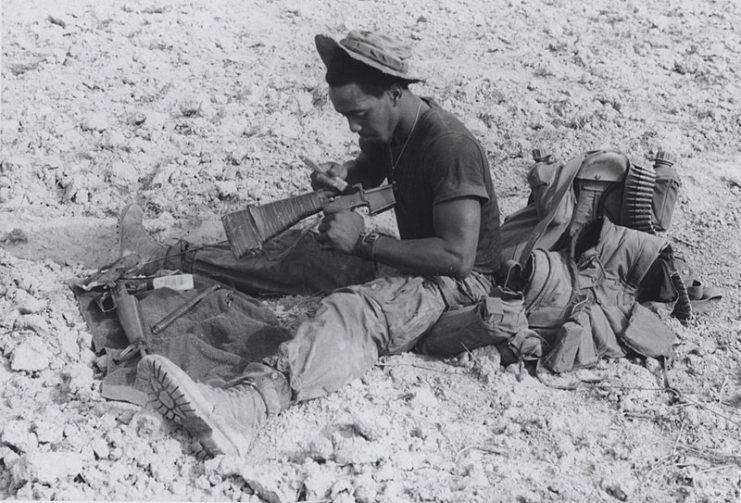
Soldiers had no choice but to dismantle them by hand and try to remove the detritus themselves, which meant many soldiers were in battle without a functioning weapon. The U.S. government received many reports of men dying on the battlefield, their guns at their feet.
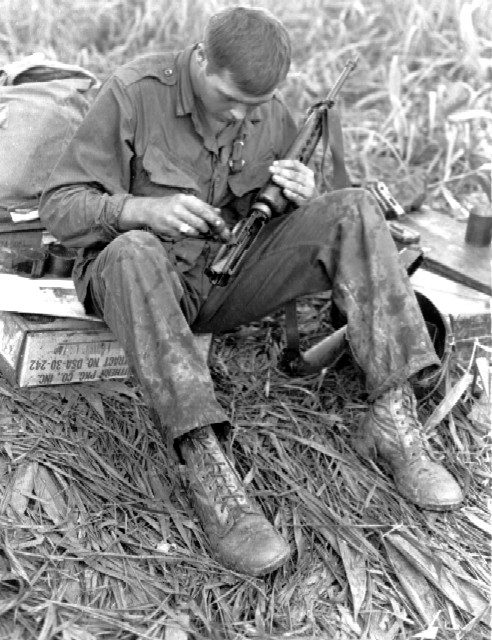
The Ross Rifle was designed for hunting, not conflict. Nonetheless, it was sent into battle with Canadian soldiers during World War I. It was awkward and heavy to carry. The bayonet at the front often fell off when the gun was fired. The most dangerous aspect was that its bolt sometimes dislodged when fired.
Many men lost their hands, and sometimes their lives, because of this flaw: they thought they were shooting at the enemy, but instead, their own guns fired back at them. The Ross Rifle was pulled from the military after just one year – a year too late.
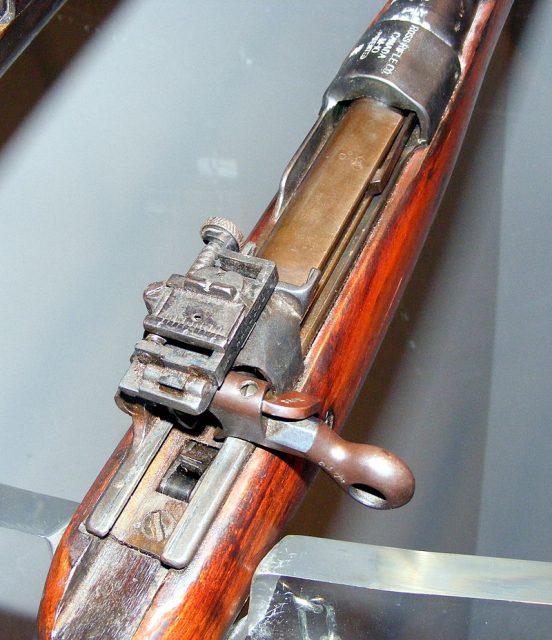
Read another story from us: Man vs Tanks – Infantry Anti-Tank Rifles of WW II
War is hard and painful for the soldiers caught in its harsh realities. When a government fails to equip its forces with working, reliable weapons, those soldiers can become victims not just of the enemy, but of sloppy defense manufacturers and their inferior weapons.
